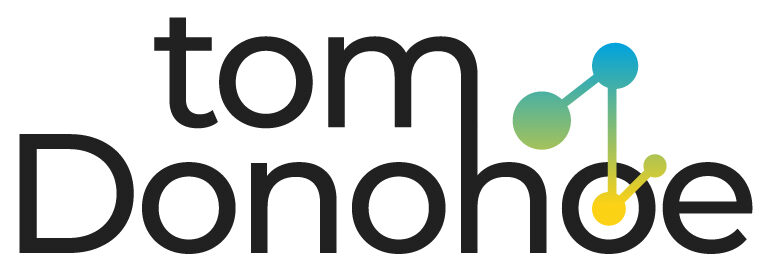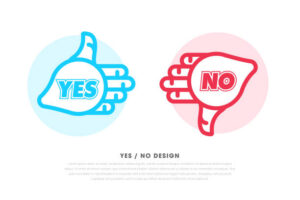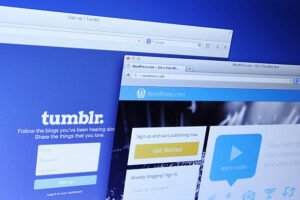What is Total Cost Ownership (TCO), and how can it be calculated

To optimize business results, it is important to invest in new infrastructure, products, or systems.
It is sometimes difficult to determine the exact amount of money required for an acquisition. Companies should, therefore, be aware of their total cost of ownership.
Managers must analyze this metric before making any new purchases to ensure that they make the right decision. A better breakdown of costs will help you to keep your finances in check and predict the lifecycle of an asset.
Each company area must adopt this dynamic to ensure that investments are made wisely and produce an excellent long-term cost/benefit ratio.
What is the total cost of ownership?
Total cost of ownership is a metric which measures how much money was spent to acquire any asset.
This calculation takes into account not only the price of the product but also the total amount spent over some time.
We can, therefore, understand that TCO is a measure of the costs of the acquisition, operation, and maintenance of an asset.
The total cost is an important metric for decision-making. Calculating the TCO before investing can help you make better decisions.
Companies are worried about their acquisition costs because they want to make sure that the investments they make will be safe.
In fact, initial costs aren’t always the biggest problem. The cost of an asset can increase over time, resulting in unexpected expenses.
You might include costs associated with incorporation, as well as other factors, in your TCO calculation if you haven’t already done so. This is an investment for the future.
When Should You Use TCO
TCO can be useful when a company wants to purchase an asset or make large investments. This metric is relevant for situations like:
Purchase of new computers and tech devices.
Renting a brand new office.
Purchase facilities for the headquarters of your company.
Hiring a management system.
Purchase a Marketing Tool.
Every asset with a longer lifespan tends to generate more costs.
Software, for instance, requires a license renewal and a budget to train employees on how to use it.
Infrastructure maintenance costs are generated by the new facilities built for the headquarters. The costs are not limited to the purchase but include operational costs as well.
Calculating the total cost of ownership makes it easier for you to estimate the additional expenses that will be generated over time. Numbers are used to make investment decisions.
Marketers
The department must spend its budget on a regular basis. In this area, the most common expenses are for automation and management tools that allow collaboration.
It is important to consider factors that can generate costs when making these investments.
Licenses.
The cost per month of the plan.
Costs of training staff to use the software.
If the software chosen is discontinued, you will need to purchase a new one.
Accounting
Accounting, as well as several other departments, must be involved in the decision-making process.
This section can be used to analyze additional costs, taxes, and other expenses a purchase could generate both at the moment of acquisition and later on.
Management
Management is responsible for managing purchase orders for equipment and infrastructure-related goods.
This department purchases office supplies and tools. This department can be involved in the purchase of a new office.
Before making any purchases, management must always consider TCO.
Calculating TCO can be a challenge.
It’s not an exact science. Although many tools and methods can help you calculate the total cost, it is still difficult to do.
These challenges include:
It isn’t easy to estimate the scope of operating costs
It is especially important to consider this when purchasing assets such as tech equipment.
Many companies do not compare the right products when assessing TCO.
Costs are difficult to predict in some cases.
There will always be unexpected costs. While you may be able to predict some of the factors that influence your total cost of ownership, others are difficult to predict.
Unexpected distributor charges, for example, could cause the price of a replacement part that you will need in the future to skyrocket.
The benefits are difficult to calculate
You’re not getting the full picture if you only focus on TCO to decide whether or not to make a purchase.
The benefits of owning the asset are harder to quantify but should also be taken into account.
TCO Example
Do you want to know more about the total cost ownership in a business setting?
As an example, let’s take a hypothetical IT company.
Let’s say this business is looking for a way to manage its databases more efficiently and is considering a





